Have you recently started your own blog or a new business? Even if you’re just hanging around in some entrepreneurial circles, you’ve likely heard about content marketing.
One major aspect of content marketing is content creation. And as with all business moves, you want to the content that you create to sell or create sales.
Many non-writers think that content creation is as simple as sitting down and knocking out 500 words about a topic — but it’s just not that simple.
Writing articles that sell take a lot of strategic steps. In fact, I’ve got 30 strategic steps that will help you write articles rank well in the SERPs and boost conversions.
- Choose a timely and interesting topic.
- Find your keywords.
- Read what your competitors say.
- Research your topic.
- Create a catchy title.
- Have a hook.
- Create your own work.
- Check your facts.
- Be personable and relatable.
- Offer a solution to a problem.
- Write with authority.
- Look for a unique angle.
- Tell a story.
- Add images, statistics, and quality links.
- Optimize for SEO.
- Reduce the fluff.
- Use an editor.
- Vary your style.
- Always be looking for ideas.
- Develop your own voice.
- Focus.
- Match depth and length.
- Add value, not hype.
- KISS.
- Make it shareable.
- Know when to share.
- Add an email sign-up or free giveaway.
- Add a call to action.
- Add value for your readers.
- Develop a content marketing strategy
Wow. That’s a long list. Let’s dive in and examine each of these steps one by one.
1. Choose a timely, relevant, and interesting topic
The most important aspect of writing a solid article is the topic. You can do everything else right and still not sell anything if there’s no market and if no one cares about your topic.
No matter how well the article is written and researched, there’s likely no one who wants to read about 18th-century book binding. (OK, maybe there’s some people, as Google has 404,000 results.)
If you don’t immediately catch their attention, you’ve already lost them. The majority of people, 8 out of 10 to be precise, read only the headline. If they lose interest, they’re gone.
Any topic that you choose to write about should be timely, relevant, and interesting. And those aren’t the same things.
- Timely: When an article is timely, it has a newsworthiness. This means that it’s applicable to the current conversation.
- Relevant: When a topic is relevant, it means that it will add value to your audience. If your audience includes people who are interested in 18th-century book binding, don’t write about plumbing. They won’t read it and they won’t share it.
- Interesting: Your article should be interesting. Need I say more? To make a topic interesting, you want to add new information or take a unique stance. Don’t just repeat the same old information.
2. Find your keywords
If you’ve worked online in the last five years, you’ve likely heard all about keywords. Keywords are how people find the articles that they’re interested in.
When you perform a Google search (even if it’s just to find out when Taylor Swift’s birthday is) you’re using keywords.
Google takes your keywords and then crawls the Internet to find articles that contain those words.
When the search is complete, Google returns articles, videos, music, photos, and information to you.
Taylor Swift’s birthday is in December if you were curious.
On the other side of things, content marketers, advertisers, and writers find their audiences by filling their content with relevant keywords.
Using keywords is also known as search engine optimization or SEO.
There are many ways to discover which keywords to use, including using a tool called Buzzsumo.
Today, effective content marketing strategy uses long-tail keywords to tailor their content.
Long-tail keywords are simply phrases that contain more than one or two words and can be used to tailor content to reach the users who are looking for that information.
When thinking of keywords, remember that each article and each topic will have unique keywords. Using generic terms such as “happy” or “cat” are unlikely to help your content sell.
Proper use of unique keywords can help your articles to rank higher on Google searches. The more a keyword is used overall, the harder it is to rank on Google.
For example, if you wrote an article on heart attacks, it’s unlikely that your article would rank higher than the heart attack information page on the American Heart Association’s website.
The more specific the topic and the keywords, the more likely you are to rank on Google and to create an article that sells.
3. Read what your competitors say
If you don’t know what people are talking about, how can you write something that will interest them? If you’ve started a blog for fun and to write about what you want to write about, go right ahead.
But, if you’ve started your blog or business to make money, you need to be concerned about what your competitors are saying. The easiest way to do that is to plug the keywords into Google and see what comes back.
Your competitors are those that rank in the top 10 results on Google. You want to know everything about them.
Knowing who they are is important, but let’s take it a step further. You need to read the articles they wrote and analyze them.
- What keywords do they use?
- What images do they use?
- What links do they include?
- How many shares do they have?
- And on which social media sites?
- How many words do the articles contain?
- Are people commenting?
Once you’ve identified these aspects, then you’re almost ready to begin writing. Almost.
4. Research your topic
Though you’re likely an expert on the topic that you’re writing about, you still need to do some research. Your research will not only help you to better understand your topic, but it will also help you to know how everyone else is talking about it.
Research will also help you to collect your ideas before embarking on the writing process and to sound like an expert on the topic.
Trustworthy articles, and those with bylines, are shared more.
Your research will also help you to identify resource material, other writers within your niche and articles to link to so you can provide further reading for your audience.
Remember that great content should add value for your readers.
5. Create a catchy title
Your title could honestly be the most important part of your article. And it’s OK if writing your title takes you as long as it took you to write the article.
A great title should catch your reader’s attention, make them want to click on the article, contain keywords, and be accurate.
Using a title that’s eye-catching but doesn’t have anything to do with your article is a good way to lose reader loyalty — and quickly.
As with most things, people have done research on what makes for a great article title. The average title length for best-performing articles on Google was 50.7 characters long.
Now, that doesn’t mean that every article you write should be 50 characters long, but this gives you a sense of what is too long and what is too short.
Your title should provide information, but not give away the entire story. Catch their attention and then bring them into the article.
6. Have a hook
In addition to a great title, you need a hook. If the title is what gets your readers to click on the article, the hook is what gets them to actually read the article.
Think of your hook as your first impression. Write a bad first sentence and your readers are gone.
This doesn’t mean you won’t get shares, but you took the time to create the content, so you want your visitors to read and enjoy it.
Honestly, a really great title and hook might garner you more shares because many visitors who click on your article will share without actually reading it.
For those visitors who don’t read your content, all they will ever know of it is the title and the hook. Make it good and you’re guaranteed to encourage shares.
7. Create your own work
Just because there’s a trend toward sharing without reading doesn’t mean that you can be a lazy writer.
Copying, rewriting, and paraphrasing all constitute plagiarism. Plagiarism is bad. This is a pretty black-and-white topic.
I’ll make this very simple: Create your own work.
This doesn’t mean that you should create in a vacuum. There’s a lot to learn from outside resources, research, and what your competitors are doing.
But watch your step. Don’t copy someone else’s work.
Even accidental plagiarism is still plagiarism.
It’s totally unscientific, but good content will be read. Ramit Sethi created this great chart to show the importance of good content.
Good content is also original content.
I’m going to say it one more time: Create your own work.
8. Check your facts
Did you know that 67 percent of all statistics are made up? Yep, including this one.
On my site, I make sure to present accurate information and to cite sources that back up the facts.
Checking your facts is simple. You just have to adopt a questioning attitude. Everything from statistics to spelling to business names should be questioned.
Checking your facts ensures that you’re publishing accurate information. Each time you publish inaccurate information, you lose the trust of your audience.
If you get the facts wrong too many times, your readers won’t just stop sharing your articles —they likely will stop coming to your site.
9. Be personable and relatable
Writing has often been considered a formal style of communication. There are books and books of rules on how to write and what’s the proper way to do it.
Even though English is (likely) your native language, you probably spent many years in school learning spelling and grammar.
Over time, language changes. With the advent of the Internet and online blogs, writing has quickly become informal.
When writing for your blog, it’s OK to be personable. You want your audience to relate to you, not be bored by your pedantic, academic writing.
Good online content uses contractions, has an informal tone, speaks directly to the reader, and uses words such as “I,” “me,” or “we.”
Posts that used more self-referential words rea more likely to be shared. Using words such as “I” and “we” reminds readers that there’s a human behind the content. Good writing is relatable.
If you want your audience to read and share your content, make sure they can relate to it. Don’t be afraid to show a little of your personality.
10. Offer a solution to a problem
Why do you use Google? It’s likely to solve a problem or find an answer to a question you’re asking.
We use Google to learn how to change our windshield wiper blades, make a perfect cherry pie, and pretty much everything else.
Other than cat videos, the Internet is the place to find solutions and answers. When you create content, think about the problems that your readers are facing.
How can you help them?
If your content solves a problem for your readers, they’re more likely to share it, buy your product, and become a loyal customer.
If you’re thinking that I’m stretching this, just think how many articles you’ve read on life hacks.
11. Write with authority
Write with authority and your articles will sell. See what I did there?
Experts use certain, assertive language and action phrases. After you’ve read what your competitors are writing, done research, and found your keywords, you should be an expert on your topic.
Authority not only attracts attention, but it also garners respect. Twitter accounts that use words that denote authority in their bios such as “founder” or “expert” tend to have more followers than accounts that don’t.
Translating this information, we can assume that authoritative language in writing will also bring respect from readers.
Another aspect of good writing is using active voice. Active voice, in contrast to passive voice, creates more dynamic and interesting writing. Here’s an example.
Passive voice: Neil ate five apples for his snack.
Active voice: Five apples were eaten by Neil for his snack.
Which sounds better to you?
Remember to use active voice in all of your writing to help hold the reader’s attention.
12. Look for a unique angle
Instead of regurgitating and rewriting the content that you read while researching your article, create something new.
You have a unique understanding of the subject that you write about, so share that perspective.
Good writing has an angle or an opinion. I’m not saying that you need to be controversial, but the articles that get shared the most are those that challenge a held belief.
Write with a unique angle, and you might be surprised by how many people share your article just to say they think it’s wrong.
13. Tell a story
Our attention spans continue to get shorter and shorter. New information is constantly coming at us, so the only information that grabs our attention is the loudest and most interesting.
A story holds the reader’s attention.
When there’s a story to capture their interest, readers are more likely to finish reading. With a story, readers spend 520% more time on the page on average.
Once readers start a story, they have to know the ending.
14. Add images, statistics, and quality links
Images, statistics, and links help to build interest and credibility.
In the top performing articles on a Google search, each had an average number of 9.96 links.
Just adding links doesn’t necessarily make your article more likely to sell, but it creates credibility that will, in turn, gain the respect of your readers.
When adding links, don’t just add any link. Think critically about what additional information might be of interest to your readers and include those links. It’s also important when building credibility to only include links to reputable sources.
Just like copying someone else’s writing, copying and pasting someone else’s image without attribution is stealing.
Images receive protection under copyright law —even digital images. Using someone else’s images or photos without their permission could end in a lawsuit.
As for statistics, make sure to check your facts and cite reputable sources.
15. Optimize for SEO
For those who know only a little about SEO or have just heard it mentioned in meetings, it likely seems elusive and complicated.
It’s not.
SEO is all about using the right keywords so that readers can find the articles and information that they’re looking for when they perform a Google search.
Even if you have perfect SEO, if no one is interested in the topic, your article won’t help you sell.
There’s an element of SEO that’s often forgotten: These articles will be read by people, not just algorithms. Make sure you’re not only focused on keywords, but also on good writing.
Make sure you’re not only focused on keywords but also good writing.
This periodic table of SEO breaks SEO down into the elements and success factors that make it easier to understand.
Writing articles with SEO in mind means using the proper keywords.
The more interest your article generates, the more shares it garners, the more comments it attracts, the higher it will rank on Google searches. That’s SEO.
It’s really as simple as that.
That’s also good writing. And good writing sells.
16. Reduce the fluff
During your editing process, get rid of any filler material. Delete unnecessary words. Condense sentences. Reduce extraneous information.
That being said, there have been many, many conversations on the right content length. There isn’t an answer.
Content should be only as long as it needs to be to explain the subject.
Though content can be any length, research does show that longer articles get more shares.
This correlation might not mean much, but I believe that it has to do with the respect that is earned from long articles.
Long articles might be shared more because the length makes them seem trustworthy. Whatever the reason, longer articles are shared more often than shorter articles.
17. Use an editor
No matter how good of a writer you are, you should use an editor.
If you dont want the help of editor spelinng and grammer errors are going to slip thru. Me can’t be my own editor.
Mistakes will happen.
If you don’t have the help of an editor, there are a few things you can do to catch those errors.
- Set the content aside for a few days, then edit.
- Read it out loud.
- Read it backward, word for word, and then sentence for sentence.
Editing content takes a shift in your mindset. Instead of reading the content for enjoyment, you must actually take in each word that you read and question it.
An editor will help you to catch grammar, spelling, and style mistakes.
If you do get to use an editor (or a grammar-nerd friend), make sure to not take their edits personally. Some edits will have to do with personal style, but others are more black-and-white.
18. Vary your style
Style variations keep the content fresh and the reader engaged. If you go back through this article, you’ll notice that I add images, use bullet points, and ask questions all to vary the style and keep the reader engaged.
Bullet points are a great way to break up copy that’s looking dense, and it makes it easier for readers to scan and quickly get the information they’re looking for.
Most readers will scan your content — which we’ll get into more later — so breaking it up with bullet points and a mixture of short and long sentences makes it more readable.
You should also find ways to interact with your readers. This might be to ask questions, challenge their assumptions, ask for their shares, or to ask for their comments.
Research has found that Facebook posts that include a question get more interaction and more comments than the average posts.
This principle would hold true for articles. Asking questions will help your articles gain more reader interactions (comments and shares) and sell your products or services.
What do you think?
19. Always be looking for ideas
If you’ve started a blog and want to write articles that help you sell more, you must always be looking for ideas.
You never know when something might strike you as a good idea or spark your imagination.
If you will be in need of a lot of content, it’s a good idea to keep a spreadsheet of interesting articles to reference and a spreadsheet of article ideas.
Remember, those reference articles aren’t for copying. They’re just for linking to and inspiring an idea.
With those spreadsheets in your back pocket, you’ll not only produce more content, but you’ll also have a way to fight writer’s block.
Any time you sit down to write an article, you’ve already got an idea and some research to support it that’s ready to go.
20. Develop your own voice
As much as your content is important, so is your voice. A personable, unique voice will attract and retain readers as much as great content.
Think of my voice — you can recognize it, right?
I use short, to-the-point sentences. I write with direct language. I write short, readable paragraphs.
Even if my name wasn’t on it, my voice would stand out to my readers.
If you want to capture and keep readers, you need a unique tone.
Part of your voice and tone is adding personable details, which might include emotions.
I often share short stories and memories with my readers that help them to understand the topics that I’m talking about, but also to let them know a little bit about me personally.
And quite frankly, neutral articles are interacted with less often. So you might as well add your opinion and your unique perspective on the topic.
More emotion equals more interaction. Negative posts seem to get even more comments than positive posts.
Not every article should be divisive, but gaining shares and getting people to talk often takes writing something controversial.
21. Focus
It’s easy to wander when writing long articles. But don’t.
Each article should have one point. Only one point.
Take this article, for example. This long post has only one point: I’m teaching you how to write articles that sell. Every word helps to illustrate that point.
When each article only has one point, lengths will vary. And that’s good.
Posts that are either extremely long or extremely short get more likes than mid-range sized posts. Longer posts also got more shares.
Don’t be afraid to post a 300-word article one day, and then a 2,500-word article the next. Variation is great!
22. Match depth and length
Variation in the lengths of your content is good, but that doesn’t mean you should fit content to fit the word count that you want.
Let the subject dictate the length of the content.
If you can explain it in 500 words, there’s no reason to write 2,500 words.
Seven minutes. That’s what Medium found to be the optimal reading time for an article that holds readers’ attention.
This doesn’t mean that every article should take seven minutes to read. But it does show that grabbing and holding a reader’s attention for longer than seven minutes is tough.
As long as you’re matching the length of the content with the depth of the topic, you’ll be creating a great article.
Readers won’t waste their time on content that they don’t find interesting, so it’s important to not waste their time with some overly-long material.
23. Add value, not hype
Clickbait titles and hype will help you to get more clicks, but they don’t help you to get readers and loyal customers.
On the other hand, give your readers value and you’ll create loyalty. You’ll have readers who won’t only click on your article, but who will keep coming back for more.
There are a few ways to add value to your readers. You can give them information to solve their problems and lead them to research that gives more evidence.
When avoiding hype, make sure you’re telling the truth. Stick to the facts and it’s easy to add value for your readers.
24. KISS
Keep It Simple Stupid. It’s a mantra that applies to so many aspects of life.
When writing articles that sell, you want to write plainly. Make it easy to read and scannable.
Plain, easy-to-read writing has simple sentences, straightforward wording, and one idea per sentence.
If you’re not sure how easy-to-read your writing is, you can run it through a reading-level assessor.
Most reading-level tests will base the score of off the Flesch-Kincaid scale and give you a grade level. The lower the reading level, the simpler the content.
Simple content is easy to read and will attract more readers.
Most newspapers aim to make their content readable for the average 7th grader.
Your content should also be scannable and skimmable. Most readers won’t read your article word-for-word, they’ll scan it to find the information that they’re looking for as quickly as possible.
This chart shows that many readers who click on your article won’t even read enough of the content to need to scroll down. Placing the most important information in the first paragraph is very important.
For the rest of your readers, they’ll likely get only halfway through the article before jumping to something else.
You can see on the chart that there’s a steep drop off in readers after they get halfway through the article.
When you’re writing articles that sell, you’re trying to provide your readers with the information they’re looking for to solve a problem.
Make the information as accessible as possible and as easy to scan as possible and you’re more likely to have articles that sell.
25. Make it shareable
If your article isn’t shareable, no one will be talking about it and it won’t sell.
A recent trend is to provide readers with “sound bites,” or short quotations that are main points of the article that include a “Tweet this” button.
Readers click the button, and that quotation is Tweeted from their profile with a link to the article.
The genius of this system is that it makes the content easy to scan for information, easy to share, and very saleable.
Make it easy to share, and people are more likely to do so.
Remember, there’s no particular length that an article should be to be shareable. As long as it adds value to your reader and is easy to scan, it’s more likely to be shared.
Research shows that the average word count for top performing articles on Google was 1,149 words.
Adding share buttons and functionality that makes content easy to share will make it more likely that your readers will share your content with their friends.
Most blogs now include social media buttons so that the content can quickly and easily be shared with the reader’s network.
26. Know when to share
Knowing when to post your articles online is also an important aspect to determine their success.
Humans live by patterns and schedules, and that means that there are times of the day and week that are flooded with content and those that are not.
When you post your article, send out an email blast or share it on social media. That can all make a difference in how many people it reaches and how many will also share it.
Research has found that articles are more likely to be shared on the weekend.
There’s less content on the weekend, people have more time to read, and therefore they’re more likely to share.
If you’re managing a blog or a company social media account, you’ll likely have access to the analytics. These numbers can give you insight into when readers are interacting with and sharing your content.
The best time to share will vary slightly from one audience to another, so knowing your own business is essential.
27. Add an email sign-up or free giveaway
Who doesn’t want something for free? Offer your readers something free in exchange for their email addresses, and you might be surprised by how many people sign up.
Once you have your reader’s email address, then you have the ability to reach out to them and send them more content that they might be interested in.
If you aren’t sure how to add an email sign-up or implement a free giveaway, just check out my site. I include email sign-ups and free giveaways on almost every page of my website.
Your free giveaway can be something simple, such as a short e-book or a to-do list of items.
Free content in exchange for their email is a win-win situation for both parties.
28. Add a call to action
A call to action or CTA is what tells your readers what you would like them to do.
Would you like them to share the post? Leave a comment? Sign up for an event? Just tell them!
Research has found that Facebook posts that included the word “like” received more likes on average than posts that didn’t include “like.”
Can it really be that simple? Yes.
A CTA helps to direct readers and lets them know how they can help you. When a reader loves your content and then sees a request from you, they’ll want to “help out” by fulfilling the request.
Seriously, all you have to do is ask.
By the way, if you look closely, there’s a CTA right at the bottom of this article. And, at the bottom of every article on my website.
29. Add value for your readers
Throughout this article, I’ve recommended that you add value for your readers to make saleable articles. I’m going to do it one more time: add value.
When you add value for a reader, they’re more likely to become a loyal customer.
We’ve already discussed a few ways to add value, but here are two more: Balance jargon and buzzwords with plain language.
If you’re creating content for a niche industry, a few buzzwords and instances of industry jargon will work their way into the content, and that’s OK.
But you want to balance it with plain language.
Your content should be accessible to everyone, not just to those who are a part of your industry.
For example, some buzzwords that I’ve used in this article are:
- SEO
- Keywords
- CTA
These buzzwords are content marketing jargon, but when I’ve used them, I’ve also provided an explanation.
Research has found that Facebook pages that use industry nbuzzwords gain fewer likes than pages that don’t.
Content should be tailored for the audience that you’re writing for, but you still want that content to be readable for outsiders.
30. Develop a content marketing strategy
This tip isn’t exactly about writing the article, but it’s a nice tip for wrapping up this article.
If you want to create articles that sell, you will need a content marketing strategy.
A content marketing strategy helps you to know what to write about, when to write it, and where to share that content.
Without that knowledge, writing and sharing articles will be like shouting into a canyon and hoping someone is close enough to hear you.
You’d be shooting into the dark, which will waste your time and effort.
Conclusion
Content is king. If you’ve started a business, created a new product, or are just writing for a blog, you need content.
And you don’t just need content — you need great content that will sell.
With these 30 strategic steps, you’re certain to create great content that will help to grow your business and make sales.
What tricks have worked for you when creating articles to sell?

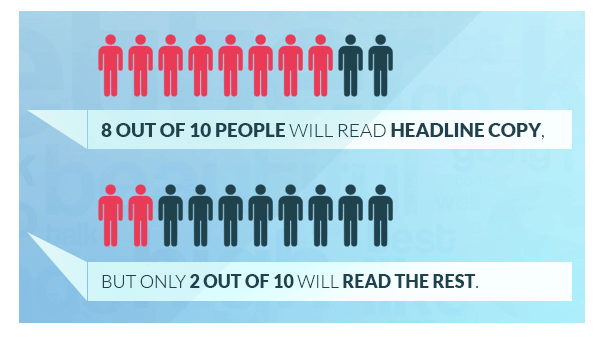
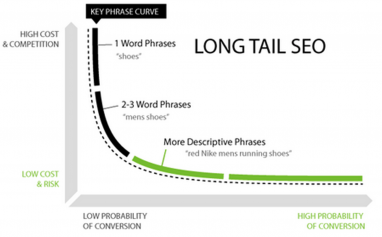
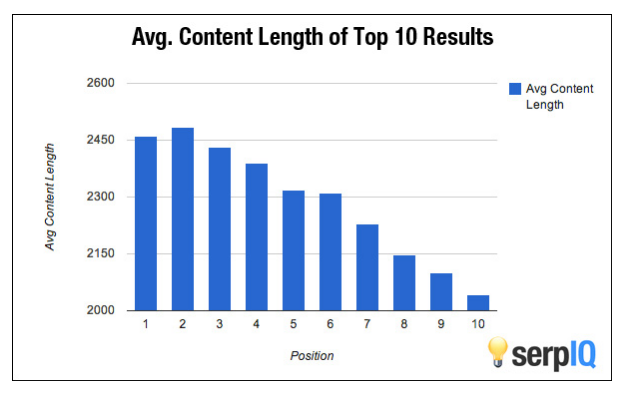
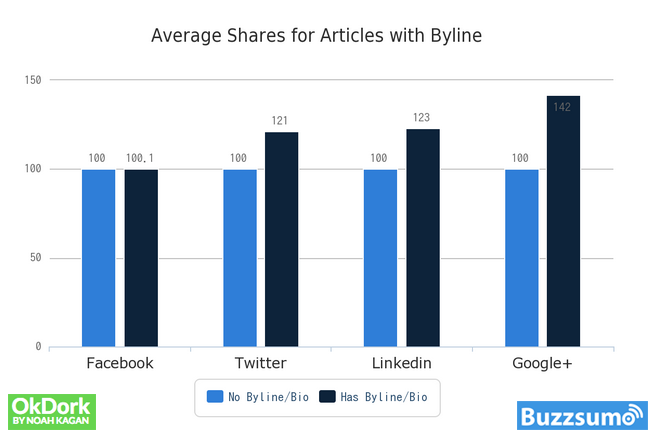

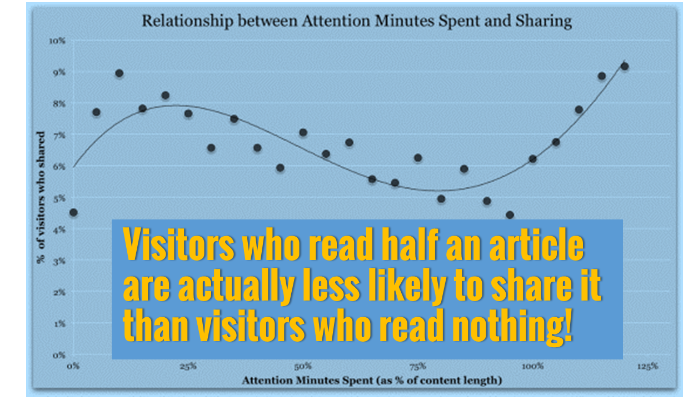
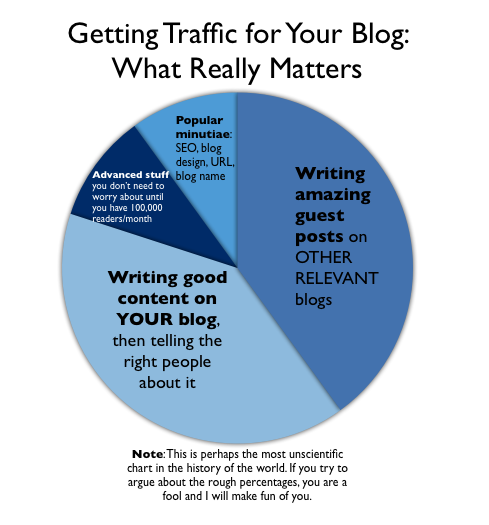
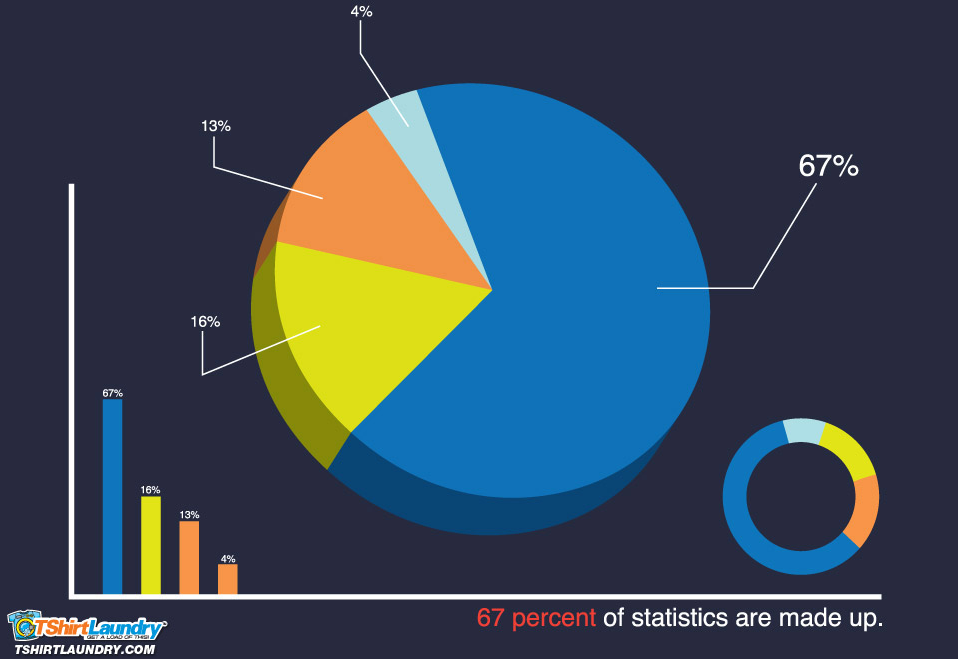
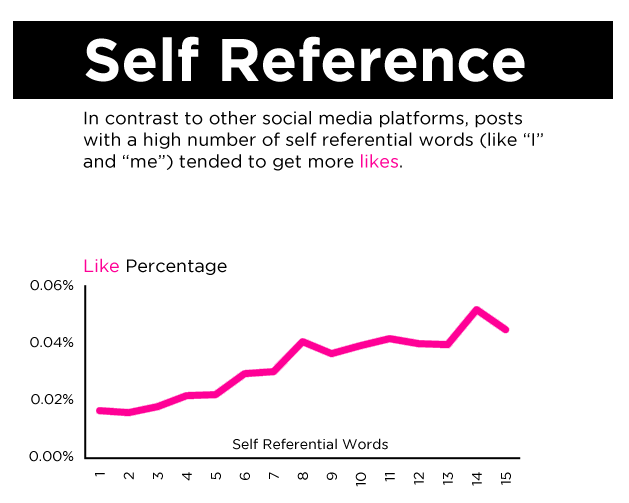
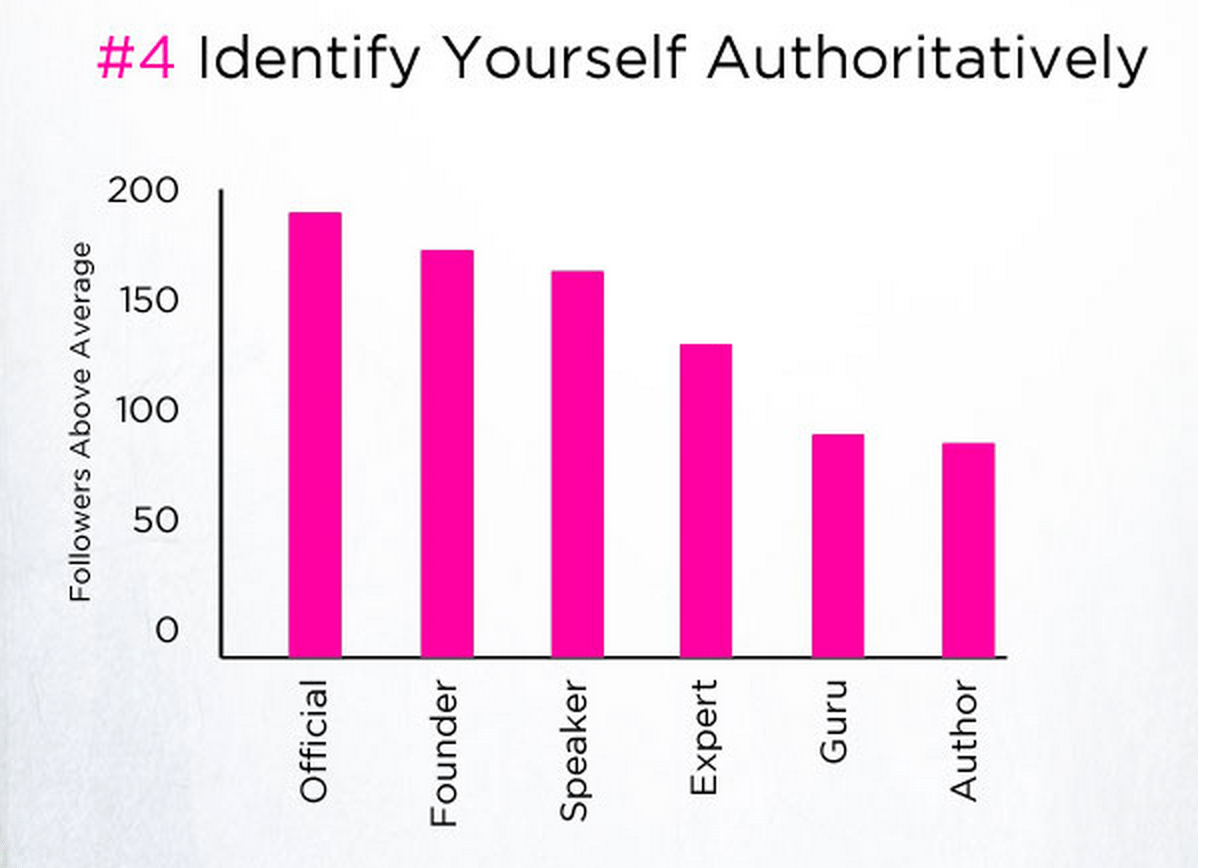


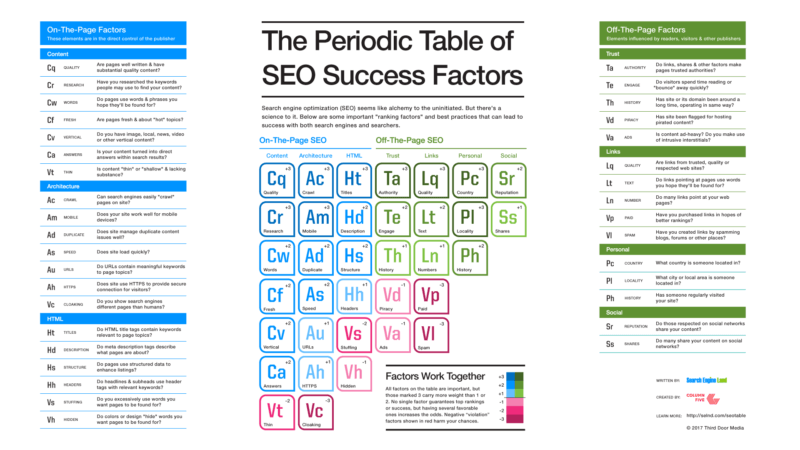

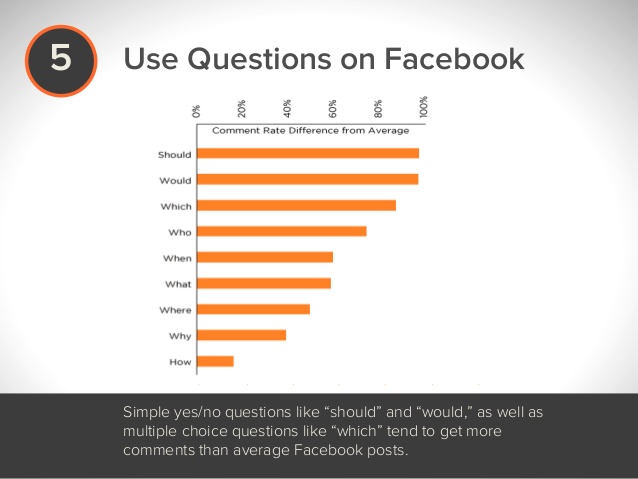
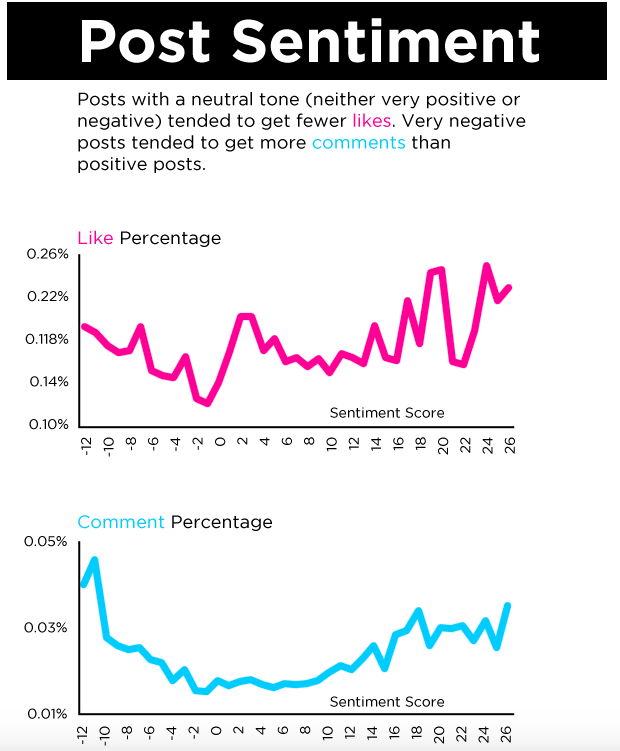
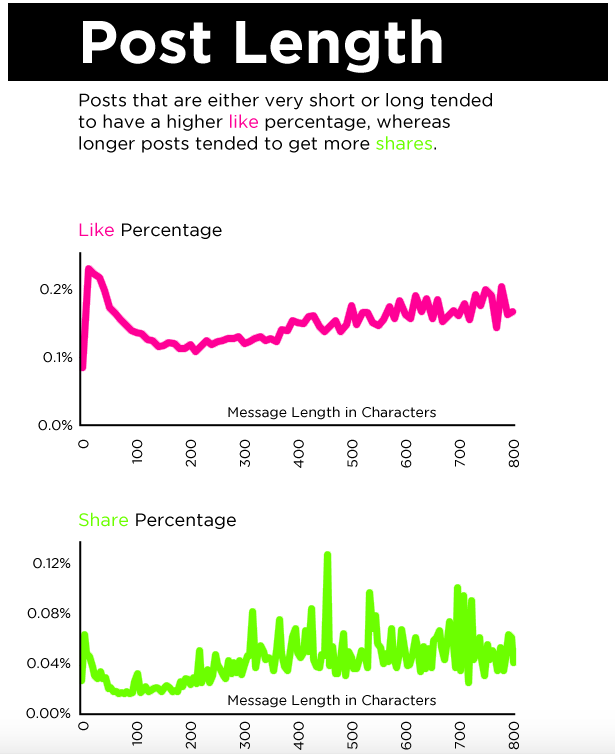
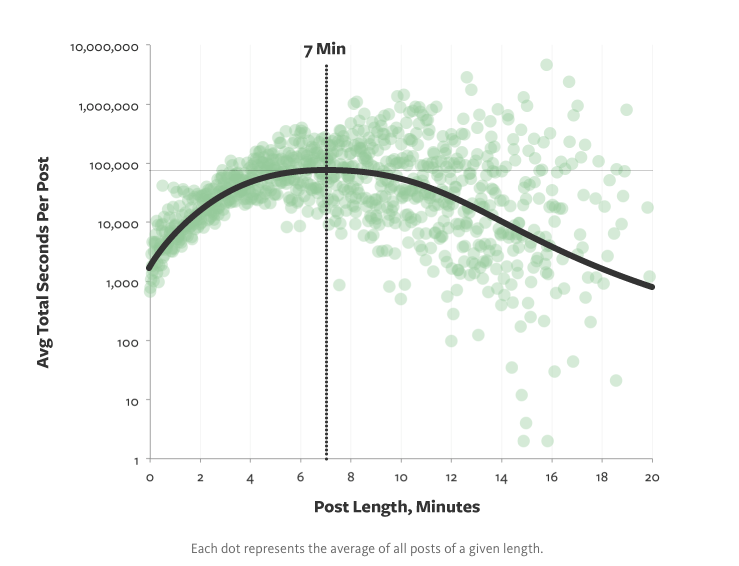
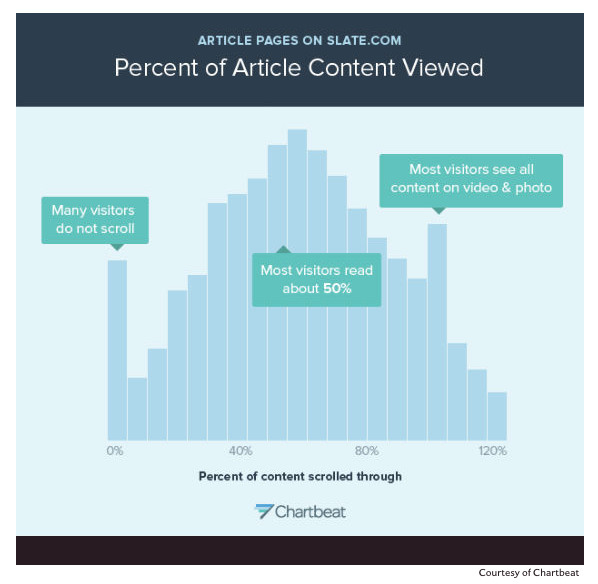

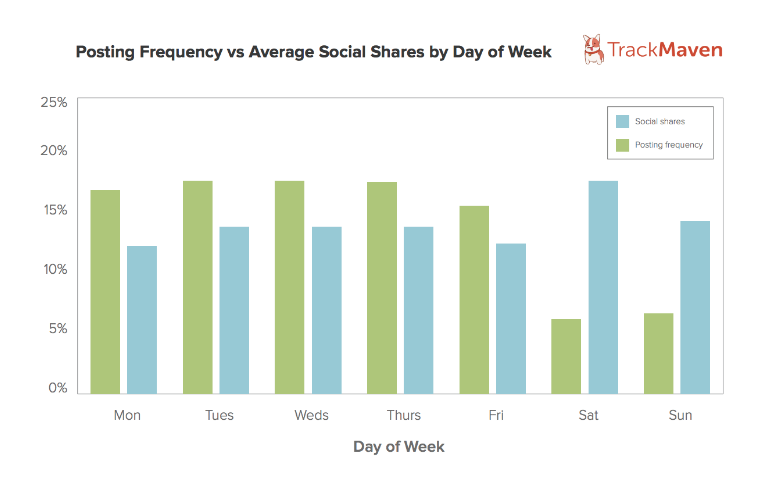
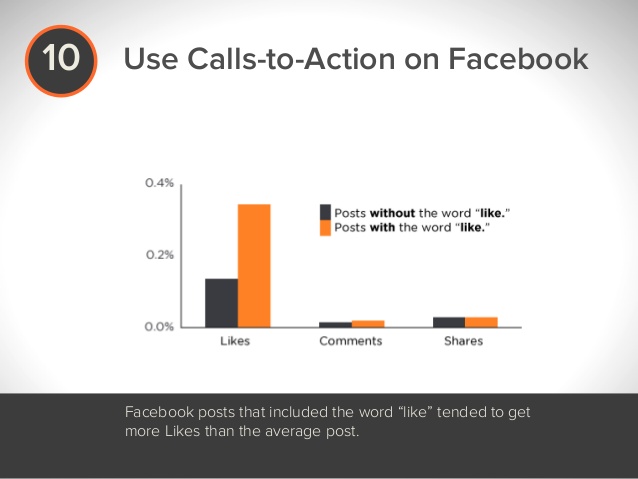
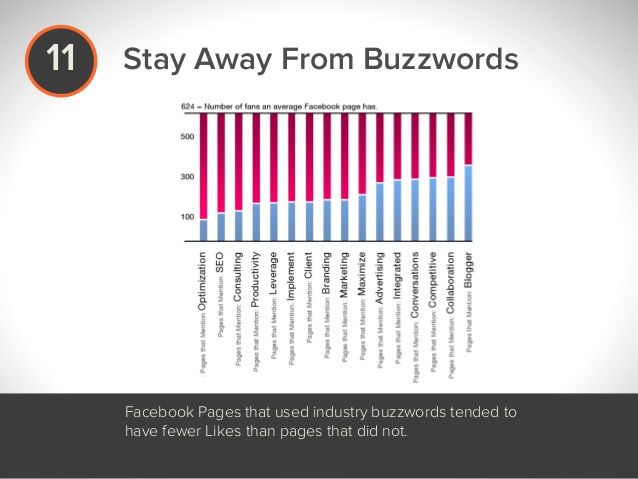
Comments (10)